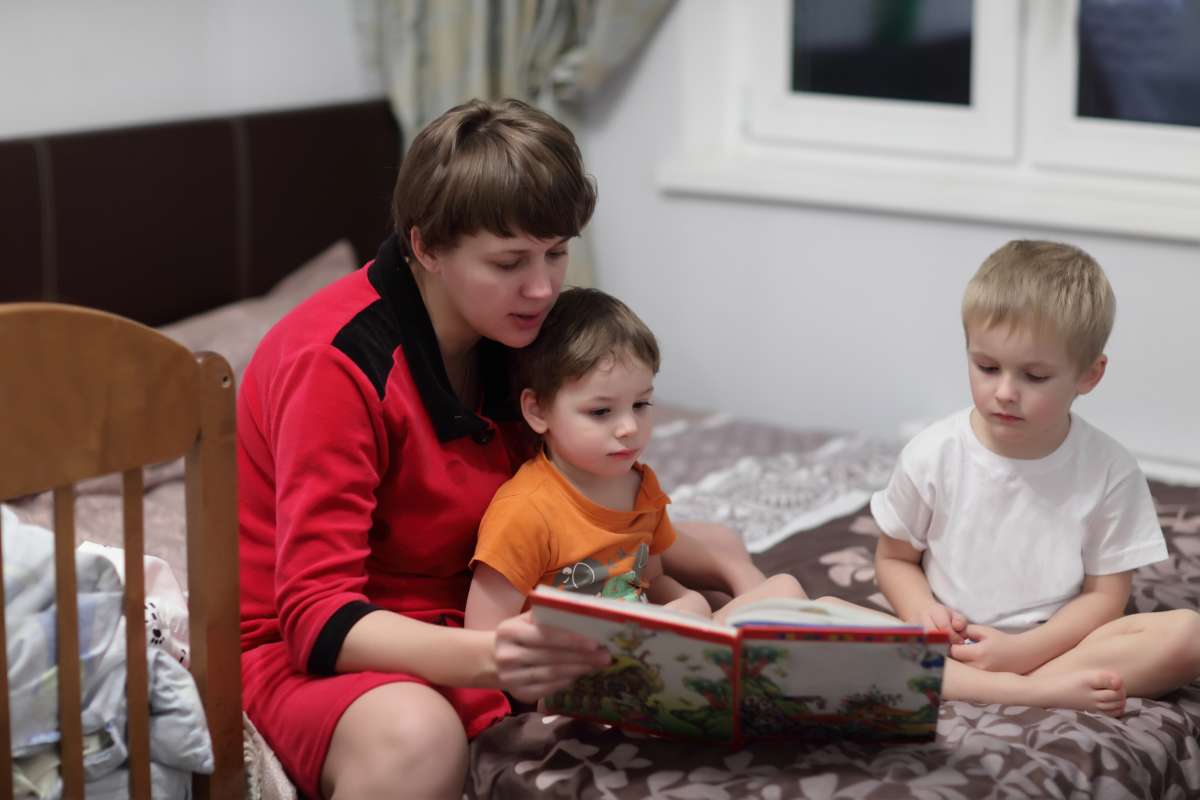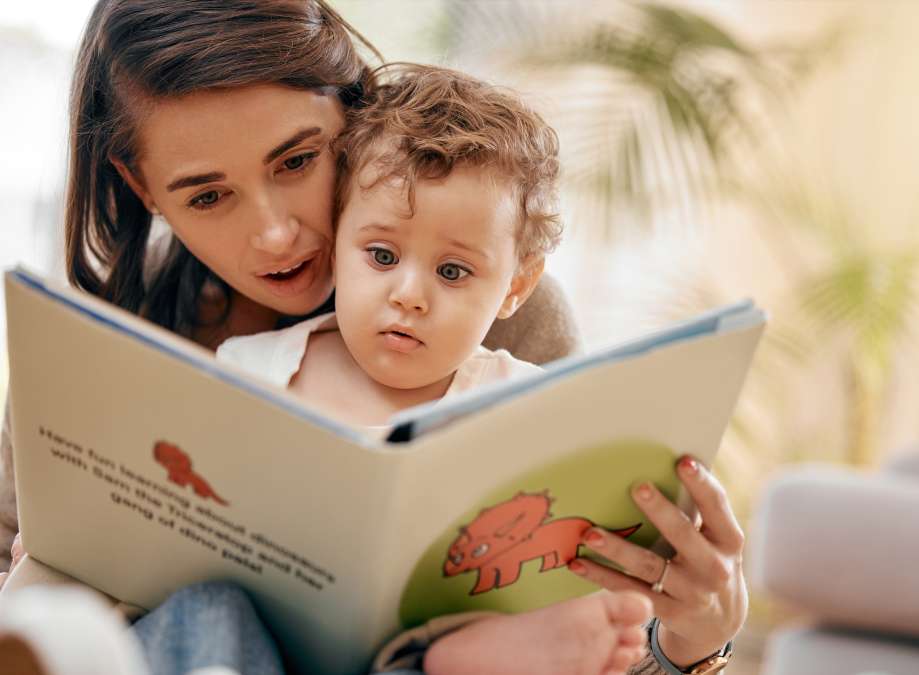A lifelong love for reading often takes root in childhood. To ensure this passion blossoms, it is essential to introduce age-appropriate books for children that meet their developmental stages and interests. Offering books that resonate with their age ensures a meaningful, enjoyable, and educational reading experience.
Promoting a love for reading in children is a gift that lasts a lifetime, and it all begins with choosing age-appropriate books. Children’s literature is vast, catering to various developmental stages and interests. This article looks into the importance of selecting books tailored to a child’s age and cognitive level. Each stage offers unique opportunities to captivate young minds and build a passion for reading, from board books for infants to chapter books for older children. Parents can create an engaging literary environment that sparks curiosity, imagination, and the joy of storytelling in young readers. They can achieve this by understanding the significance of age-appropriate choices.
1. The Importance of Age-Appropriate Reading
a. Developmental Alignment:
Choosing books aligned with a child’s development ensures understanding and relatability.
b. Enhanced Engagement:

Children are more likely to stay engaged and curious when content is age-specific.
c. Vocabulary Development:
Age-suited books help grow vocabulary at a challenging yet achievable pace.
d. Cultivating Imagination:
Reading relevant stories allows children to visualise and dream more vividly.
e. Laying Foundations:

Early positive reading experiences lay a foundation for a lifetime of literary exploration.
2. Birth to 2 Years: Sensory Exploration
a. Texture Books:
Interactive surfaces allow babies to explore touch while introducing them to visuals.
b. High-Contrast Images:

Bold patterns grab babies’ attention, helping visual development.
c. Sturdy Build:
Babies are hands-on; durable books endure exploration and occasional nibbles.
d. Simple Illustrations:
Uncluttered images with bright colors captivate a baby’s gaze.
e. Nursery Rhymes:

Rhymes introduce babies to the musicality and rhythm inherent in language.
3. Ages 2-4: Curious Toddlers
a. Interactive Features:
Moving parts or sounds in books stimulates toddlers’ curiosity and motor skills.
b. Repetitive Text:

Familiar story patterns can boost memory and anticipation in young readers.
c. Colourful Artwork:
Richly coloured pages help toddlers recognise and name different colours.
d. Simple Stories:
Relatable narratives resonate with their limited yet growing experiences.
e. Introduction to Alphabets & Numbers:

Early learning books set the stage for formal education.
4. Ages 4-6: Preschoolers and Early Readers
a. Beginner Readers:
Simplistic language and familiar words boost their reading confidence.
b. Moral Stories:

Stories conveying values introduce them to broader societal norms.
c. Question-Based:
Encouraging curiosity, these books lay the groundwork for critical thinking.
d. Recognizable Characters:
Characters they know encourage them to focus deeper into the story.
e. Activity Intertwined:

Reading becomes multi-dimensional when coupled with related activities.
5. Ages 6-8: Expanding Horizons
a. Chapters:
Books cultivate longer attention spans, preparing kids for extensive reading.
b. Diverse Genres:

Varied genres broaden their understanding of the world and imagination.
c. Richer Vocabulary:
Exposure to nuanced words at this age helps enhance their vocabulary.
d. Intricate Illustrations:
Deeper visuals encourage attention to detail and observation.
e. Real-life Concepts:

Stories mirroring their daily experiences make reading relatable and insightful.
6. Ages 8-12: Tweens and Independent Reading
a. Series Books:
Following characters over multiple books builds deeper emotional connections.
b. Historical & Sci-fi:

These genres help children understand past eras and envision futuristic possibilities.
c. Character Depth:
Multi-dimensional characters allow children to understand varied personalities and emotions.
d. Addressing Complex Issues:
Focusing on deeper topics prepares them for adolescent challenges.
e. Interactive Reading:

Books that involve reader decisions make reading an active, engaging process.
7. Incorporating Digital Books
a. E-Readers:
Modern kids enjoy having a vast digital library at their fingertips.
b. Interactive E-books:

Engaging animations and interactivity merge traditional and modern reading experiences.
c. Audiobooks:
These help in pronunciation and introduce kids to storytelling’s auditory charm.
d. Limit Screen Time:
Balancing e-reading with physical books maintains an overall reading approach.
e. Digital Libraries:

These platforms provide endless age-appropriate books for children, all in one place.
8. Tips for Parents and Caregivers
a. Regular Library Visits:
Exploring libraries can become an adventurous habit, revealing literary gems.
b. Reading Aloud:

This shared activity deepens bonds while enhancing a child’s listening skills.
c. Seek Recommendations:
Trusted sources can guide us towards books that resonate with individual children.
d. Respect Their Choices:
Honoring their picks, even repetitive ones, empowers and excites young readers.
e. Create a Reading Nook:

A dedicated space for reading becomes a personal , building a reading habit.
Choosing age-appropriate books for children is like opening doors to vast, varied universes. Each book is an opportunity for growth, imagination, and a lifelong love for reading. As guardians of their literary journey, it is your privilege to make it as enriching as possible. It is also your responsibility to make it as delightful as possible.
